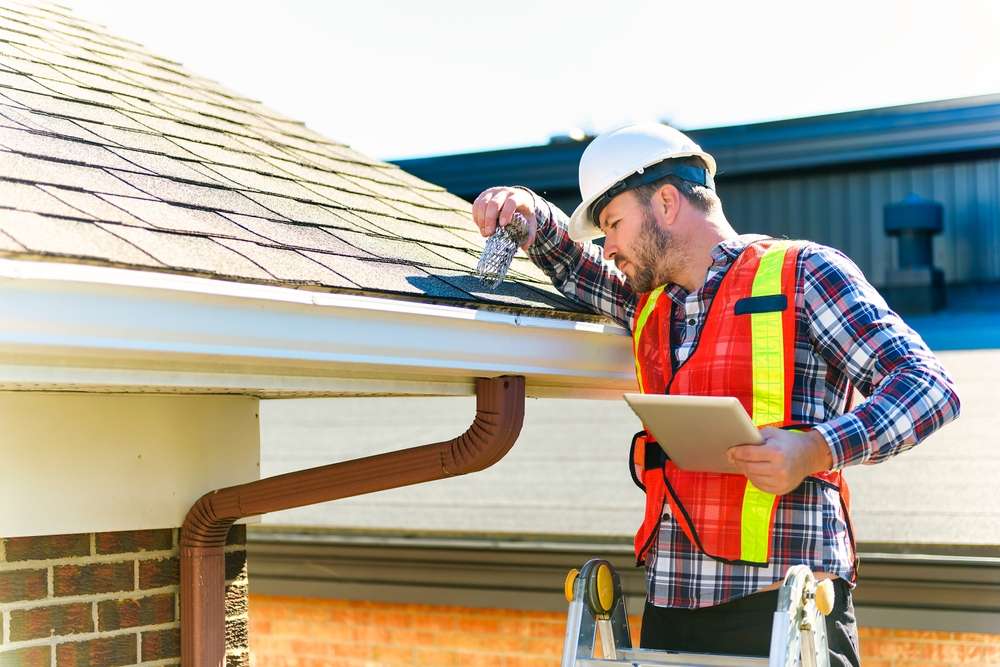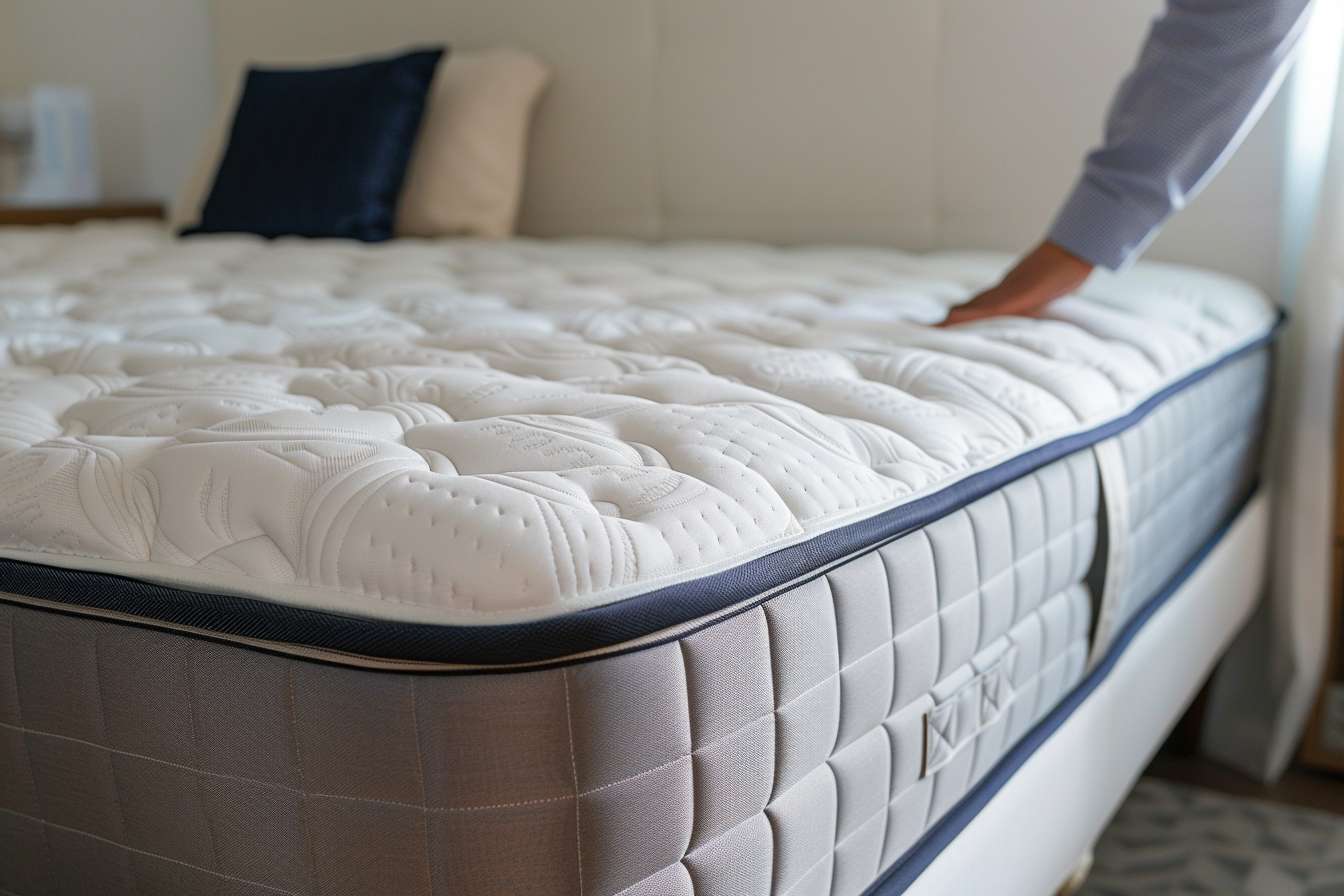Furnace Maintenance Tips to Prepare for Winter and Avoid Costly Repairs
Efficient furnace operation is crucial for comfort and cost-effective energy use during winter. From routine maintenance like filter replacement to professional inspections and utilizing smart thermostats, a well-maintained system ensures reliability. Addressing ductwork issues and home environment factors also contribute to optimal performance, supporting lower energy bills and environmental goals for a cozy winter season.

As temperatures drop and heating demands increase, homeowners face the annual challenge of ensuring their heating systems operate efficiently throughout winter. Regular maintenance practices can prevent system failures, reduce energy consumption, and maintain consistent indoor comfort levels during the coldest months of the year.
Optimizing Your System for Winter Efficiency
Efficient winter operation begins with simple yet crucial maintenance tasks that directly impact system performance. Replacing air filters every one to three months prevents airflow restrictions that force systems to work harder, consuming more energy while delivering less heat. Clean filters also improve indoor air quality by capturing dust, allergens, and other particles that circulate through your home.
Clearing debris from outdoor units and ensuring proper airflow around equipment prevents overheating and mechanical strain. Snow, leaves, and ice can obstruct ventilation, causing systems to cycle frequently or shut down completely. Regular cleaning of vents and registers throughout your home ensures heated air reaches all living spaces effectively.
The Importance of Professional Inspections
Professional technicians possess specialized knowledge and equipment necessary for comprehensive system evaluations that identify potential problems before they become costly failures. Annual inspections typically include checking electrical connections, testing safety controls, examining heat exchangers, and verifying proper combustion in gas-powered systems.
Certified professionals can detect carbon monoxide leaks, cracked heat exchangers, and worn components that pose safety risks or reduce efficiency. They also calibrate systems for optimal performance, clean internal components that homeowners cannot safely access, and ensure compliance with manufacturer warranties that often require professional maintenance.
Enhancing System Performance with Efficient Thermostat Use
Programmable and smart thermostats offer significant opportunities for energy savings and improved comfort control during winter months. Setting temperatures 7-10 degrees lower when away from home can reduce heating costs by up to 10% annually without sacrificing comfort upon return.
Proper thermostat placement away from heat sources, drafts, and direct sunlight ensures accurate temperature readings and prevents unnecessary system cycling. Regular battery replacement in programmable models prevents system shutdowns, while smart thermostats provide remote monitoring and adjustment capabilities that optimize energy usage based on occupancy patterns.
The Role of Proper Ductwork and Ventilation
Ductwork integrity directly affects heating efficiency and indoor air quality throughout winter months. Leaky ducts can waste 20-30% of heated air before it reaches living spaces, forcing systems to work harder while increasing energy costs. Sealing visible gaps with appropriate materials and insulating ducts in unconditioned spaces improves system performance.
Proper ventilation prevents moisture buildup that can lead to mold growth and structural damage during winter when homes remain sealed against cold air. Ensuring bathroom and kitchen exhaust fans operate correctly removes excess humidity, while maintaining adequate fresh air exchange prevents indoor air quality problems.
Preparing the Home Environment
Home preparation extends beyond heating system maintenance to include weatherization measures that reduce heating demands and improve overall comfort. Sealing air leaks around windows, doors, and other openings prevents heated air from escaping while blocking cold drafts that make rooms feel uncomfortable.
Insulation evaluation in attics, basements, and crawl spaces ensures heated air remains inside living spaces rather than escaping through building envelope weaknesses. Storm windows, weatherstripping, and door sweeps provide additional barriers against heat loss while reducing system workload during extreme weather conditions.
| Service Type | Provider | Cost Estimation |
|---|---|---|
| Annual Maintenance | Local HVAC Companies | $150-$300 |
| Filter Replacement | Hardware Stores | $15-$50 |
| Duct Sealing | Professional Services | $300-$800 |
| Thermostat Installation | HVAC Technicians | $200-$500 |
| Emergency Repairs | Service Companies | $300-$1,500 |
Prices, rates, or cost estimates mentioned in this article are based on the latest available information but may change over time. Independent research is advised before making financial decisions.
Regular maintenance creates reliable heating performance while preventing emergency situations that disrupt daily routines and strain household budgets. Combining professional services with homeowner maintenance tasks ensures systems operate safely and efficiently throughout winter months. Investment in preventive care typically costs significantly less than emergency repairs while providing peace of mind during the heating season.




